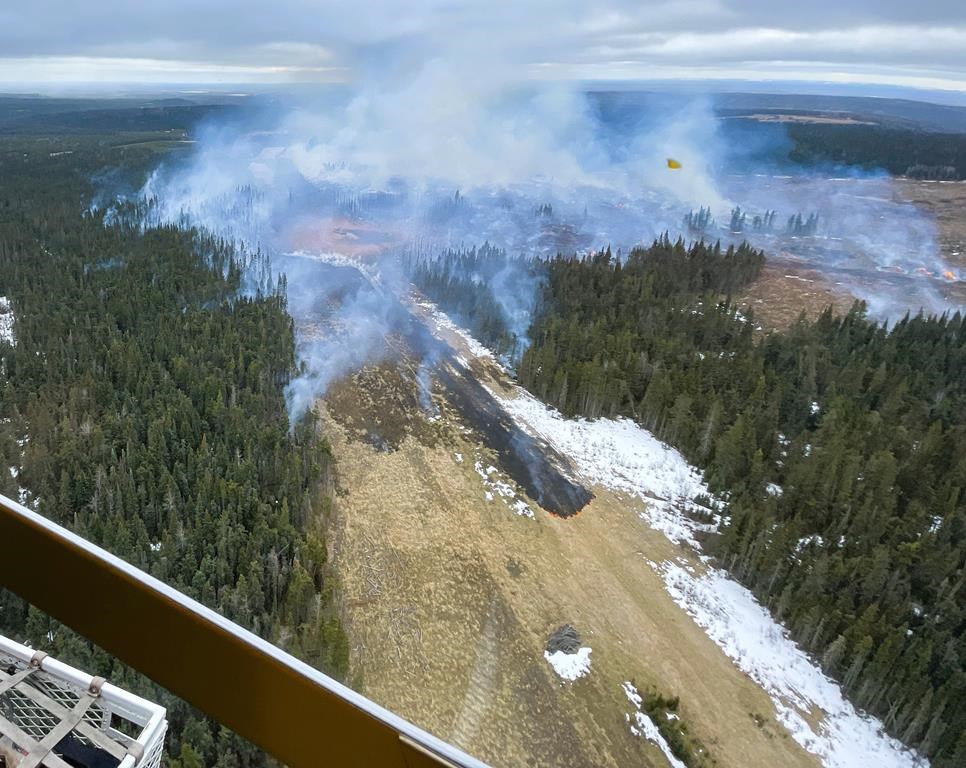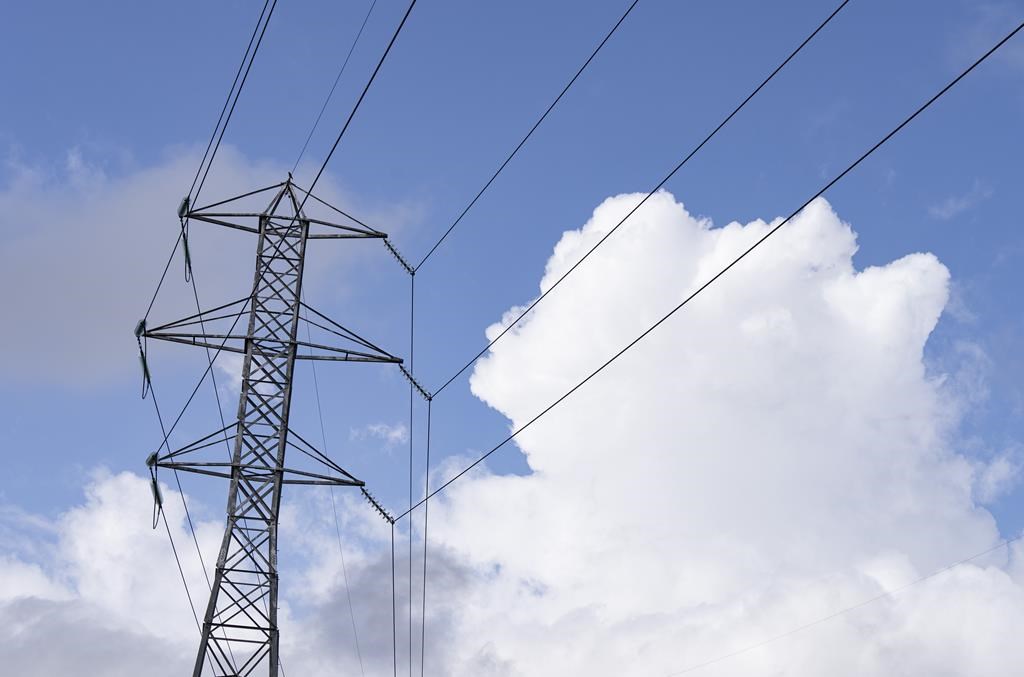Environmental group outlines seriousness of climate change, calls for declaration of nature emergency
Posted July 17, 2019 9:08 am.
Last Updated July 17, 2019 5:37 pm.
VANCOUVER (NEWS 1130) – The Canadian Parks and Wilderness Society is pushing for the country to accelerate its efforts to protect ecosystems and wildlife.
In a new report, CPAWS is calling for a near tripling of the land set aside under protected status, saying the evidence is clear that we need to do more to preserve wildlife habitat.
“The current target that we are now optimistic that Canada will either meet or come close to meeting by 2020 or shortly thereafter, is to protect at least 17 per cent of our landscape, and to improve the quality of our protected areas,” CPAWS Strategic Advisor Alison Woodley says.
She acknowledges Canada has been working hard to protect more land over the past few years, but notes there have been some “very stark global assessments being produced on the state of nature” around the globe.
Related article: North, West Vancouver councils latest in B.C. to declare climate emergencies
Along with its calls for the federal government to get aggressive about protecting the environment, CPAWS is also pushing for the declaration of a nature emergency.
CPAWS is recommending the Government of Canada champion a goal of protecting as well as restoring half the earth’s land.
“With a milestone target of protecting at least 30 per cent of our country and the world by 2030,” Woodley adds.
As of 2016, the report notes just 11.8 percent of our country’s land mass has been set aside under protected status.
Related article: More ‘work to do’ to mobilize Canadians on climate change action, Trudeau says
While she notes things like urban development, agriculture, and forestry, for example, are all important activities that sustain people, Woodley says it’s vital to ensure we have a network of natural landscapes as a foundation to be able to live in harmony with nature.
“The evidence is really clear that we need to scale up our action to both restore natural areas in areas where a lot of the area has been settled or transformed into other uses, so that we have these interconnected networks of natural landscapes.”
She says all of this is possible while sustaining the important activities aforementioned, and adds it’s also necessary.
“Canadians support this scale of action — we’ve done a study that shows that Canadians are behind this idea that half the earth and half of Canada should be conserved,” she says. “They’re ready for it, so now we’re calling on the Canadian government to champion this scale of protection goals in the next decades.”
-With files from Ash Kelly








